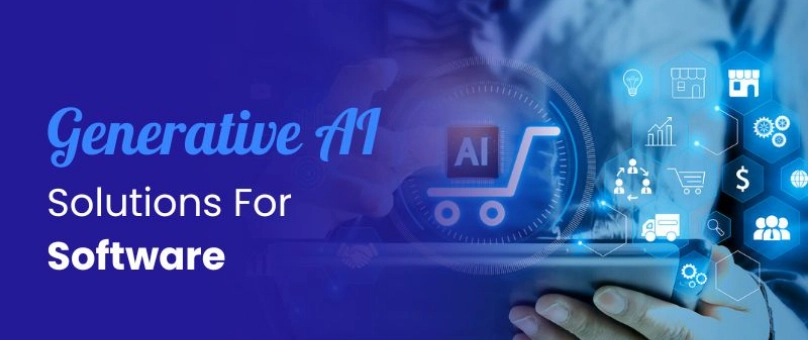Generative AI is making significant strides across various industries, changing the way we engage with technology. It encompasses tasks such as crafting lifelike images, composing music, and generating text that mimics human speech—all of which redefine the boundaries of creativity and automation. But what is Generative AI, and how does it function? Let’s take a closer look.
What is Generative AI?
Generative AI refers to a category of artificial intelligence models specifically created to produce new data that mirrors existing data. Unlike conventional AI, which operates based on fixed rules or analyzes past patterns to make predictions, generative AI is capable of creating entirely original content, making it one of the most fascinating developments in the field.
These models draw insights from extensive datasets and employ statistical trends to generate realistic outputs. Some of the most recognized applications of generative AI are:
-ChatGPT – A conversational AI that produces text resembling human dialogue.
*-DALL·E *– An AI that generates images based on textual descriptions.
-DeepFake Technology – AI that alters videos to create believable modifications.
By leveraging these technologies, we are witnessing a remarkable shift in how creative processes and automation are approached.
How Generative AI Functions
Generative AI relies on deep learning, which is a branch of machine learning that simulates how the human brain operates through neural networks. The technology is primarily powered by two main techniques:
1. Generative Adversarial Networks (GANs)
GANs involve two neural networks working together:
Generator: This component crafts new data instances.
Discriminator: It assesses how authentic the generated data is.
These two networks continuously enhance one another. The generator strives to produce data that feels real, while the discriminator focuses on distinguishing between real and artificial data. Over time, the generator becomes quite skilled at creating convincing content.
[ Good Read: How DevOps is Transforming US Enterprises in 2025 ]
2. Transformer Models
Transformers, like OpenAI’s GPT (Generative Pre-trained Transformer), are another critical element of generative AI. These models employ deep learning methods, particularly self-attention mechanisms, to generate coherent and contextually relevant outputs. By training on vast amounts of text, they can understand and produce human-like language with impressive precision.
Applications of Generative AI
Generative AI’s capabilities are utilized across various industries, including:
Content Creation: AI-generated articles, poetry, and scripts.
Design & Art: AI-generated paintings, graphics, and animations.
Healthcare: AI-supported drug discovery and tailored treatment plans.
Entertainment: AI-generated music, deepfake videos, and gaming assets.
The Future of Generative AI
As generative AI progresses, it presents both opportunities and challenges. It has the potential to foster creativity, enhance efficiency, and automate routine tasks, but it also raises issues related to deepfakes, misinformation, and the ethical use of AI. Balancing innovation with responsible AI development will be essential in shaping its future.
You can check more info about: Generative AI solution for research and analysis.




Top comments (0)